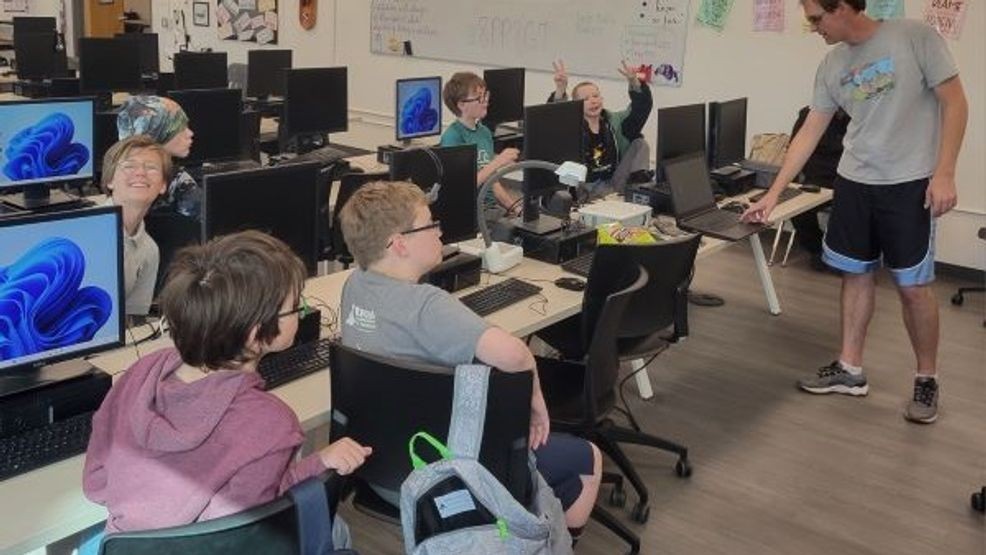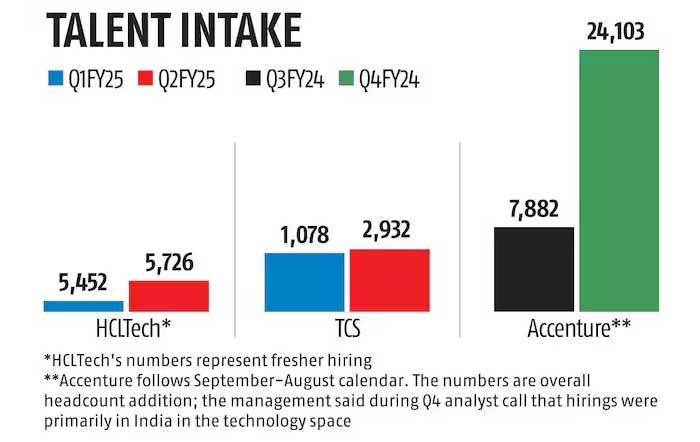Revamping Coding Education: A Model in Montana
In a world increasingly driven by technology, acquiring coding skills has never been more vital. As schools adapt to provide tools for future success, specific initiatives across the globe are capturing attention. One such program comes from Butte, Montana, where Associate Biological Sciences Professor Joel Graff has created an innovative after-school coding program for elementary and middle school students.
A Creative Approach to Coding
Graff’s program emerged during the pandemic, utilizing open-source software and learning methodologies that enable students to develop their own video games. This hands-on approach is underpinned by the principles of drag-and-drop programming, making it accessible even for the youngest learners.
 Innovative coding programs in Montana engage young minds.
Innovative coding programs in Montana engage young minds.
The success of the program stems from Graff’s personal journey into coding. He noted, > “The most fun way that I learned to code was following tutorials that made video games… I could see the results of my coding.”
It was, after all, his desire to learn coding that prompted him to integrate this into the classroom. Initially teaching his children through MIT’s Scratch, he quickly recognized the need for such a program within schools, resulting in a flourishing after-school club that now accommodates approximately 20 students bi-weekly at Margaret Leary Elementary School.
Focus on Logical Thinking and STEM Integration
What sets Graff’s approach apart is the emphasis on not just coding, but also on the critical thinking and scientific principles that underpin programming. Students engage in various software applications, from designing 2D artwork in Inkscape to producing 3D models in Blender. They also delve into audio editing with Audacity and utilize game engines such as Godot for realistic physics simulations in their games.
Graff elaborated on this interconnectedness, explaining, > “It’s really an unbelievable way that’s 100% free to teach kids all sorts of different concepts that connect back to STEM.”
The software’s portability allows students to work from jump drives without installing programs directly on school computers, further enhancing its accessibility. This low-cost, replicable model has sparked interest from educators beyond Montana, exemplified by Graff’s collaboration with Josh Soldivillo from the Philippines, who is keen to implement similar initiatives in his own school.
Shifting Employer Needs in Tech Hiring
As educational programs like Graff’s take root, the tech industry is simultaneously evolving, particularly in India. Recent analyses project a 20-25% increase in fresher hiring for the 2024-2025 fiscal year, largely fueled by the demand for specialized skills in areas such as AI, machine learning, and data analytics.
 Emerging skills drive hiring in the tech sector.
Emerging skills drive hiring in the tech sector.
Companies increasingly seek candidates with expertise in Python programming, ethical hacking, and cloud technologies, mirroring the educational trends demonstrated by Graff. Neeti Sharma, CEO of TeamLease Digital, articulated this alignment: > “Investing in upskilling programmes is not just a choice but a necessity…”
Corporate giants such as Tata Consultancy Services (TCS) reinforce this focus, doubling their intake of higher-cadre trainees, while HCLTech emphasizes a specialization in freshers rather than sheer numbers. The result is not merely an uptick in numbers; it is a shift toward roles with higher compensation based on specialized skills, roots of which can be traced back to foundational educational programs like Graff’s.
Preparing for the Future
As we navigate this transformative landscape in tech hiring and education, initiatives such as Graff’s coding program illuminate the path for nurturing a future-ready workforce. By creating engaging, low-cost learning opportunities, we are not just building technical skills; we are also fostering critical thinking and problem-solving abilities essential for success in the workforce.
Thus, blending creative educational frameworks with the needs of evolving industries could redefine the future of work, ensuring that younger generations are not only prepared for jobs that require specialized skills but also equipped with the foundation to innovate and adapt in an ever-changing world.
As we look ahead, it is crucial that educational models keep pace with technological advancements, enabling students to become the next leaders in a sector marked by rapid progress and growth. Through programs like Graff’s and a renewed focus on specialized hiring in the tech industry, we can create a resilient and adaptable workforce prepared to meet the challenges of tomorrow.


 Photo by
Photo by 










